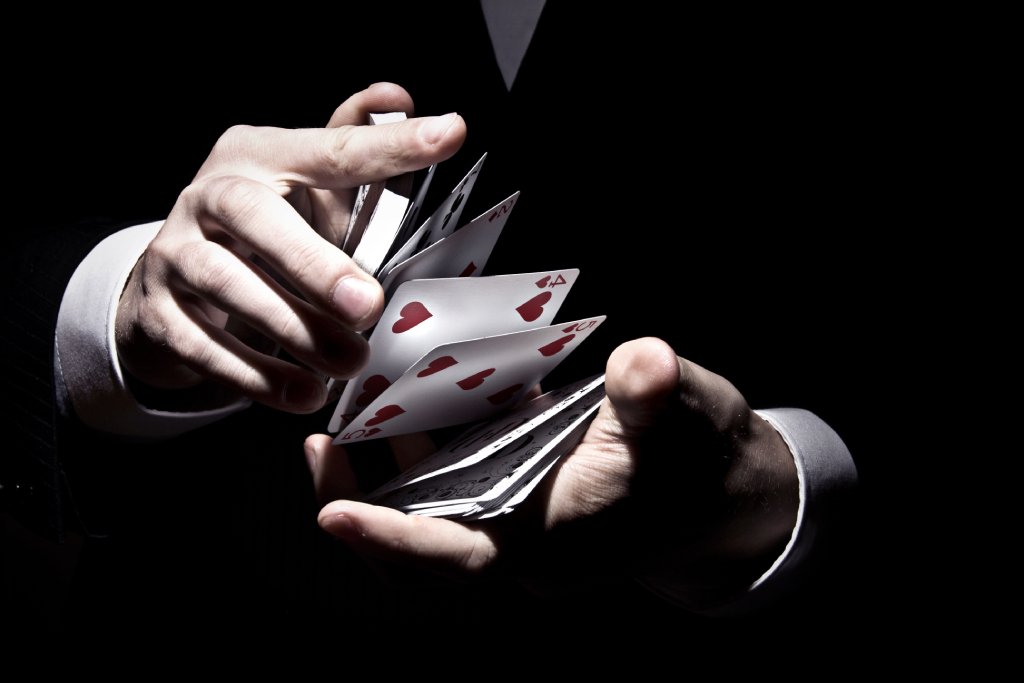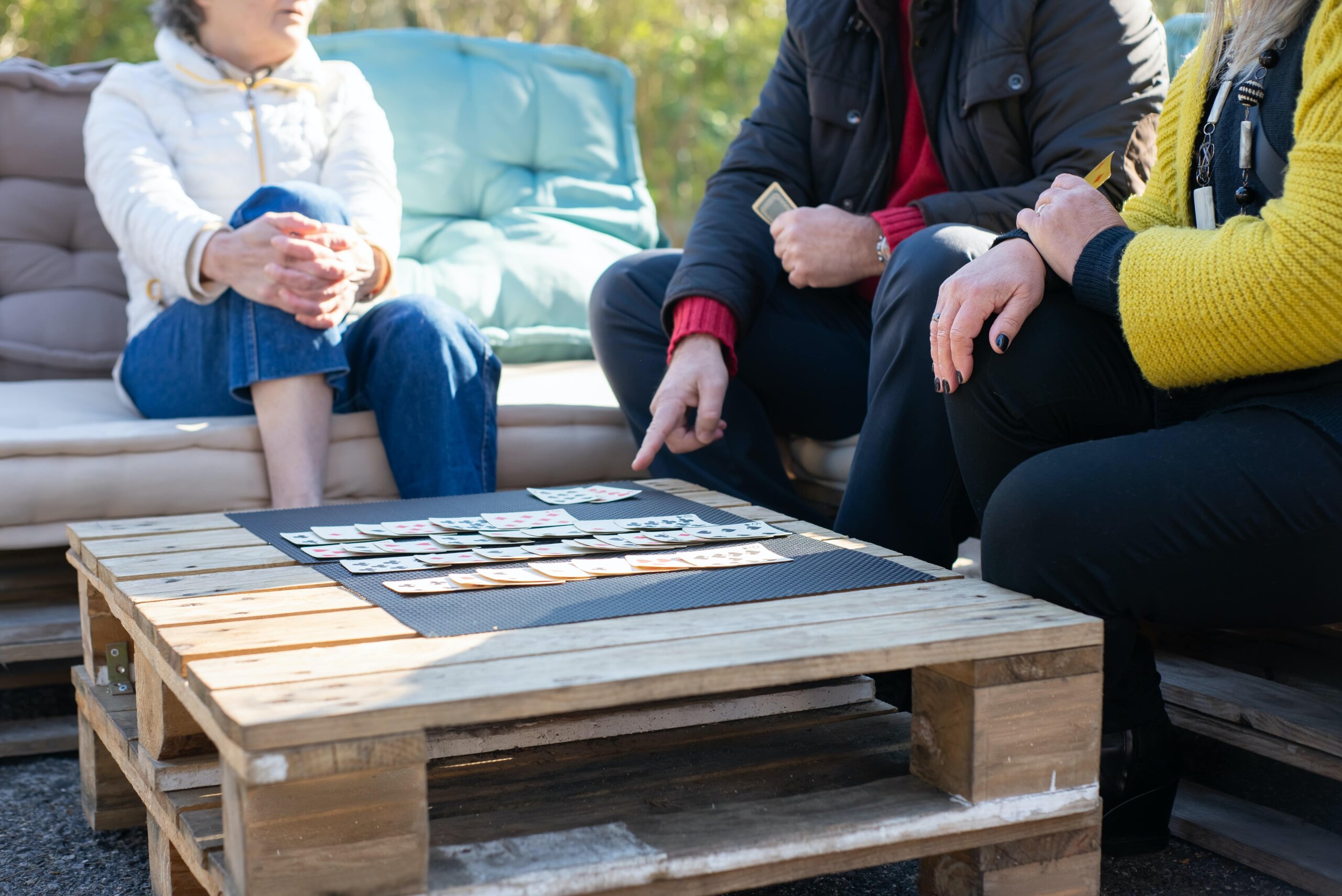Object of the Game and Gameplay Flow
The main objective of canasta is to score more points than your opponents by creating melds and forming canastas. A meld is a set of three or more cards of the same rank, while a canasta is a meld of seven or more cards. To start the game, each player is dealt a hand of cards from a standard deck, and the remaining cards are placed face down to form a draw pile. The first player to reach a predetermined target score, such as 5,000 points in a four-player game, wins the game.
Understanding the Game Objective
In canasta, the game objective is to score a certain number of points before your opponents. The target score can vary based on the number of players and the variation of the game being played. It is important to familiarize yourself with the specific target score before starting the game. This objective adds a competitive element to the game, as players strategize and make decisions based on their progress towards reaching the target score.

Flow of Gameplay
Canasta is played in turns, starting with the player to the left of the dealer and moving clockwise. A turn consists of drawing cards, melding cards, and ending with a discard. At the beginning of a turn, a player has the option to draw cards from the draw pile or pick up the entire discard pile if they can immediately meld the top card. This decision depends on various factors, such as the cards in their hand and the potential melds they can create.
After drawing, the player can create melds by laying down sets of cards of the same rank or by adding to existing melds on the table. This requires strategic thinking, as players must decide which cards to meld and which to hold onto for future opportunities. The turn ends with a discard, where the player must place one card face up on the discard pile. This card becomes available for other players to pick up, potentially disrupting their plans or allowing them to create their own melds.
Dealing, Shuffling, and Cutting
To start a game of canasta, the deck is shuffled thoroughly to ensure a random distribution of cards. The player to the right of the dealer cuts the deck, which involves separating the deck into two sections and placing the top section underneath the bottom section. This step adds an element of chance to the game, as the cut determines the distribution of the cards.
The dealer then proceeds to deal 11 cards to each player in a two-player game or 13 cards in a game with three or more players. The remaining cards are placed face down to form the draw pile, and the top card is turned face up to start the discard pile. Proper dealing, shuffling, and cutting are essential to maintaining fairness and ensuring that each player has an equal chance of receiving favourable cards.
Melds and Canastas
Melds are an essential aspect of canasta. A meld consists of three or more cards of the same rank, such as three Kings or four Nines. To create a meld, players lay down the cards face up on the table in front of them. During their turn, players can extend their own melds or meld cards with those already on the table. However, players cannot meld cards of different ranks together.
Melding requires careful consideration of the available cards and the potential for creating canastas. Canastas are special melds that consist of seven or more cards of the same rank. They are considered more valuable than regular melds because they score higher points. A canasta is usually built gradually, starting with three or four cards of the same rank and then adding more cards as the game progresses. Forming canastas is a key strategy in canasta, as they contribute significantly to a player’s score and can give them a competitive edge.
Utilizing Wild Cards
Canasta incorporates the use of wild cards, which add excitement and strategic possibilities to the game. In a standard deck, the Jokers and all the Twos are designated as wild cards. Wild cards can be used as substitutes for any other card in a meld, except for red Threes. They can help players complete melds or add to existing ones. When a wild card is played, it must be identified, and the player must state the rank it represents.
Utilizing wild cards effectively can give players flexibility in their melding options and increase their chances of creating canastas. However, it is important to consider the timing and placement of wild cards, as they cannot be removed from the table once melded. This strategic element adds depth to the gameplay and requires players to make calculated decisions regarding when to use their wild cards.
Draw and Discard Mechanics
The draw and discard mechanics are fundamental to the flow of canasta gameplay. On their turn, a player must either draw cards from the draw pile or pick up the entire discard pile. When drawing, a player can take the top card from the draw pile, but if it is a wild card or a red Three, the player must draw an additional card. This rule adds unpredictability to the game, as players cannot always anticipate the cards they will receive.
After drawing, the player can meld cards and then ends their turn by discarding one card face up on the discard pile. The discarded card becomes available to other players, and it can be strategically advantageous to discard a card that is less likely to be useful to opponents while keeping valuable cards in your hand. The draw and discard mechanics require players to make calculated choices and adapt their strategies based on the evolving state of the game.
Going Out and Ending the Game
In canasta, the term “going out” refers to a player getting rid of all the cards in their hand. To go out, a player must have at least one canasta on the table and meet certain requirements regarding melding and scoring. When a player goes out, the round ends, and the players calculate their scores.
Going out is a significant accomplishment in canasta, as it not only earns points but also signifies a player’s readiness to end the round and potentially win the game. If a player goes out without any cards left in their hand, it is called “going out concealed” and earns additional bonus points. Ending the game requires careful planning, timing, and coordination with your partner to ensure you can go out while maximizing your score and minimizing your opponents’ opportunities.
Scoring Techniques
Scoring in canasta can be quite intricate, but understanding the basics will help you navigate the game effectively. Points are earned through melds, canastas, and bonuses for going out and going out concealed. Melds are worth points based on the rank of the cards, with natural cards (non-wild) scoring higher than wild cards. For example, melding four Kings would earn more points than melding four Twos.
Canastas are highly valuable, with a mixed canasta (containing both natural and wild cards) scoring fewer points than a pure canasta (containing only natural cards). The exact scoring values may vary depending on the specific canasta variation being played, so it’s important to refer to the specific rules for accurate scoring guidelines.
Bonus points are awarded for going out, going out concealed, and for various special achievements. For instance, going out on your first turn is often rewarded with additional points. Going out with a canasta of sevens can also yield bonus points. These bonus points add an extra layer of excitement and strategic thinking to the game.
Keeping track of your score, understanding the scoring system, and aiming for high-scoring melds and canastas are essential strategies to maximize your point total and gain an advantage over your opponents.


